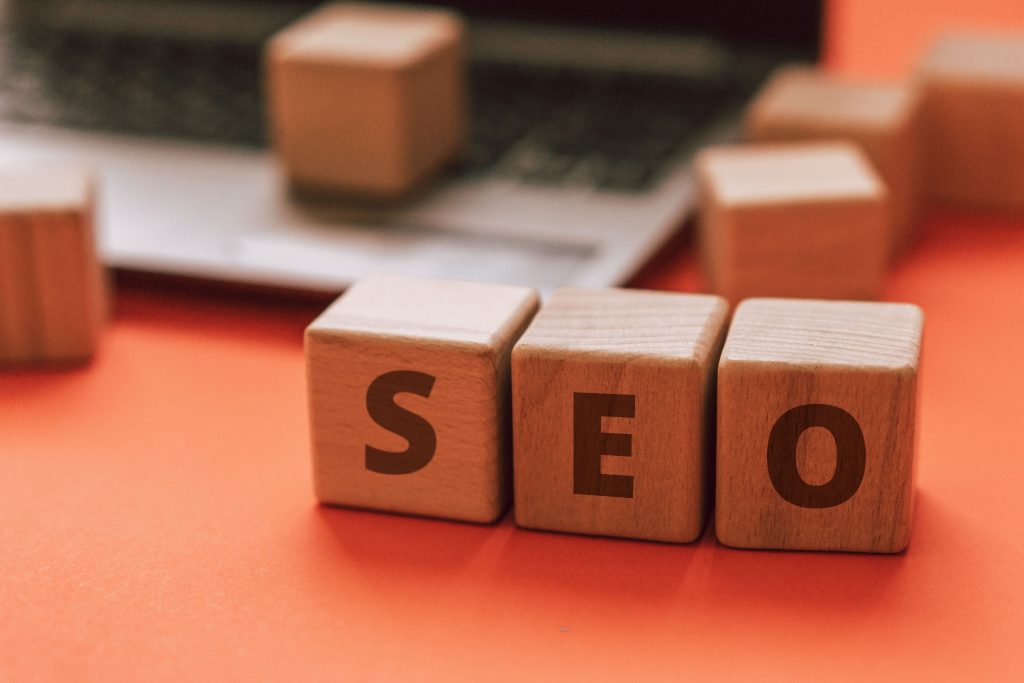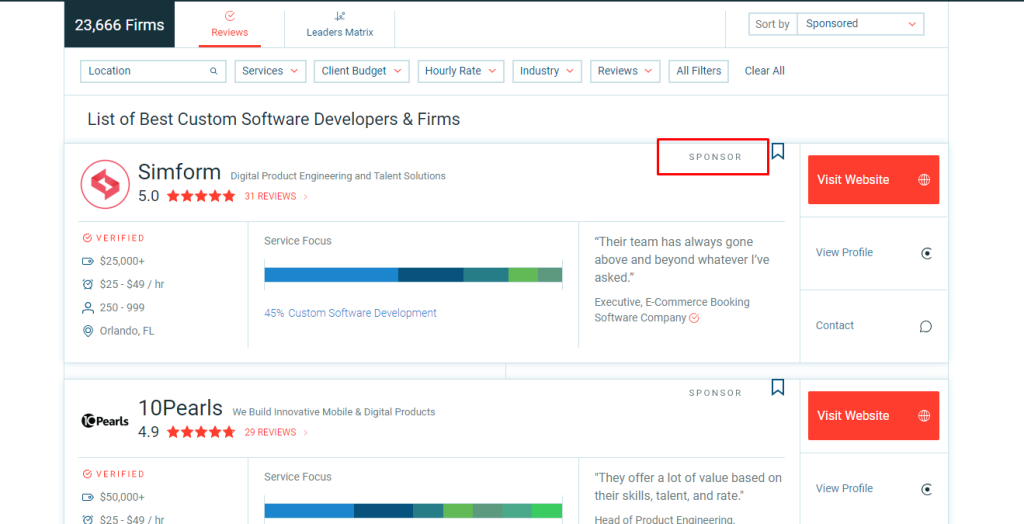Nowadays, companies use over 70% cloud-based programs to stay on top of activities such as sales, projects and organize their data or finances. These cloud-based services are called software-as-a-service or SaaS for short. Predictions suggest that 85% of corporate apps will be SaaS-based by 2025. These predictions are directly affected by the market development of Saas and the Saas trends that will decide its direction. The Saas market value is predicted to grow in 2023 to $208.1 billions, 17.5% over the growth of the market in 2022.
Staying on top of SaaS trends can help both users and developers adapt efficiently to an always evolving IT market trends. We gathered market-defining SaaS trends that will help you to plan the direction of your business like business consultants do.
15 Market-Defining Saas Trends for 2023-25
In this section we want not only to list the trends, but also explain why they matter for companies in the SaaS market. In some trends we mention statistic numbers from sources we trust and believe they are reliable.
Trend #1: The Continuous Growth of Tailored SaaS Solution For Single Needs Remains
Tailored Saas is split into two types: micro Saas and vertical Saas. Both these types are cloud apps that address a single industry such as retail, education or healthcare.
The continuous growth of tailored Saas affects users and developers directly. Users will be investing in Saas apps that are created for their needs in a specific manner. Also, Saas developers will start tailoring their apps to benefit from the demand and satisfy a niche and even more specific, a micro niche.
Micro Saas gained a lot of interest among small companies and teams as the searches for this type of software grew by 566% in 5 years.
A micro Saas app is a form of vertical Saas app made to meet even more particular needs. For instance, you might have a vertical Saas app for education in general, but you might also need a micro app for kindergartens, another one for high-school education, and so on.
Why it matters: Users expect Saas apps to address their specific needs which offers new opportunities for developers to create software that meets these market demands.
Trend #2: Ever-increasing role of SEO for SaaS

Sales companies as well as growing brands, need SEO services to grow on top of google search results, increase agency sales and attract more clients. The past half a decade was decisive in the importance of SEO for Saas since the price of client acquisition went up by 40% while the interest in paying for it went down 70%. In this background, Saas SEO came as an affordable solution since it brings your website to the top of search engines, with less investment.
By investing in SEO, Saas providers can attract more potential users, as search engine optimization can bring up to 68% organic traffic. However, only 11% of Saas developers choose to invest in content marketing. This offers plenty of opportunities for Saas companies to get noticed on the market. By creating quality content that is properly optimized, your website will have more traffic and more customers. Quality content doesn't mean just text as it can also be videos, webinars, templates and even ebooks.
Why it matters: It reduces dependency on paid ads and generates constant flow of traffic over time with minimum to no paid ads.
Trend #3: New Ways of User Retention Keep Emerging
User retention is the continuity with which customers keep using a certain product, in this case a Saas app. While user retention measures the clients that keep using a Saas app, churn is measuring the clients who stop using the same app.
The SaaS trend of increasing user retention is based on a decrease of churn. Saas companies implement user retention methods such as annual billing, notifications regarding new features or better customer service. A desirable user retention rate for Saas companies is equal or higher than 35% over a period of 8 weeks.
However, traditional ways like thank you and welcome emails, guides, and how-to articles to keep user retention aren't enough nowadays. Nowadays, users expect more personalization in everything: industry-focused templates of a SaaS solution, webinars, master-classes, constantly updating best practices, courses, and video tutorials, and even personalized welcome videos.
Why it matters: SaaS providers have to invest into new ways of keeping user retention rate at the desired level. Without these investments they risk to be outcompeted.
Better user retention strategies reduce churn and support the profit of Saas companies.
Trend #4: Native Advertising as a Perspective Option to Reach a Target Audience

Source: Clutch
The list of SaaS trends would be incomplete if we didn't mention this one. Native advertising is a very appreciated form of advertising as it is less intrusive than banner ads and it addresses users in a way that they are not bothered.
Companies are expected to invest in native advertising up to $98.59 billion by 2023. This form of advertising helps not only Saas developers to reach more of their targeted audience but also potential customers find the Saas app they need. Over 68% of potential clients prefer native ads in an editorial context rather than social media ads which are appreciated by 55% of consumers.
This type of advertising includes ads on a website in a way that they blend in with the theme and the topic of the platform. So, when users see the ads, they feel like they are part of the website rather than a complete foreign party.
Why it matters: Native advertising is leading to more leads and more sales.
Trend #5: Market Consolidation by Largest SaaS Companies Will Become a Serious Entrance Barrier
The SaaS market is on the rise with over 89% of companies choosing to use Saas platforms over data centers and segmented applications. In the US alone 6.250 data centers have already closed by August, 2018 and another 1.200 are expected to close until 2023.
However, even with the emergence of micro SaaS and tailored vertical SaaS solutions, the market features some major players that block the growth of promising young SaaS companies. Big famous names like Adobe, Salesforce, Shopify, Intuit, Atlassian, Zoom lead this list of major players. They offer software for enterprises and small & medium sized companies that dominate the market nowadays.
Source: clockwise
Oracle CEO Mark Hurd expects that SaaS market consolidation will stay a sustainable SaaS trend in coming years. There are two reasons for this: it's easier for big companies to acquire a small promising company than to compete with it. Like Zoom made with Solvyy in 2022. The second reason is the expectation of enterprise-size companies that shift to SaaS solutions since they are looking to reduce their number of vendors and are in search of an all-encompassing solution or so-called "SaaS suite".
Why it matters: Small and medium-sized SaaS providers will struggle to compete on the market.
Trend #6: Increased Demand For Collaboration Software
With the increase in remote work, the need for better collaboration software arose as well. Teams tend to work often from different locations and communication is essential for the success of the project and overall the company.
Communication through emails and phone calls is not the most reliable kind as it encourages the risk of delayed answers and misunderstandings between team members.
As a result, a plethora of Saas solutions appeared in the past years to address exactly the need for better collaboration within a team. Some applications focus on project management, sales, and data sharing so you can choose the type of Saas that fits the profile of your company the best. This increased demand for collaboration software helps Saas providers develop new apps that will address the needs of their clients and support the remote work sector of the market.
Why it matters: Saas providers have the chance to create Saas collaboration software for which there is already an increased demand on the market.
Trend #7: Machine Learning and Analytic Software Are Becoming More Precise

Machine learning along with analytic software are powering the artificial intelligence industry and they started to become important trends for the Saas market as well. Machine learning and analytic software are based on the idea of automation, which means that the program does a certain task automatically, without the help of the user.
Incorporating machine learning into Saas apps reduces the need of other features as the app will adjust its interface according to the customers' behavior. "My Starbucks Barista" is a telling example of how machine learning can personalize an app, according to its user.
The automation feature of machine learning can reduce costs since chatbots can replace human responders to basic questions customers might have.
Analytic software is an efficient solution for Saas providers as it helps predict the users' behavior. Such predictions and analysis help the providers to be proactive rather than reactive to churn and user disengaging behavior.
Thanks to its important benefits, machine learning is also known as a separate branch of Saas, MLaaS (Machine Learning as a Service). MLaaS offers tools such as language processing, face recognition, API's and predictive analytics. The MLaaS market is estimated to reach $19.86 billion in 2025 from only $1.07 billion in 2016.
Why it matters: Machine learning and MLaaS will be the next big factor that companies will have to consider to remain successful competitors in the market.
Trend #8: Artificial Intelligence (AI) Is Rising For Written Content
Artificial intelligence itself isn't a new SaaS trend since AI has been used since 2007 to generate written content mainly for financial reports, databases and data insights. But nowadays AI also can create written content for social media, emails and blogs. Over 84% of marketing leaders use AI in their content marketing software.
Saas providers use AI in their solutions that can write, rephrase, and generate SEO-optimized content. They can also choose to use AI for the emails that aim to improve user retention such as welcome emails, thank you emails, newsletters or feedback request emails.
Why it matters: Artificial Intelligence opens a way for the emergence of new tech-savvy types of SaaS solutions that have never existed before.
Trend #9: Low-Code and No-Code Platforms Keep Gaining Popularity
As classic as coding is for creating a new program or app, there is a low-code and even no-code technology that could ease the process even more. These platforms affected a lot of industries -- that's what distinguishes this SaaS trend among others.
Developers with minimal and even no coding knowledge or experience can create apps no code nowadays. The value of the low-code market is estimated to reach $187 billion by 2030. It is expected that companies will create 70% of their apps on low-code or no-code platforms by 2025, compared to 25% in 2020.
Saas providers who choose to use a low-code or no-code platform will be able to develop their SaaS ideas even without any technological expertise. Low-code platforms support enthusiasts in building apps with visual programming which is a drag-and-drop interface for coding. There are plenty of SaaS examples that were built with no-code platforms such as Webflow.
Why it matters: Low-code and no-code opens the way for rapid startup development even for people without technological experience but with a great SaaS idea.
Trend #10. Most Businesses Use at Least One SaaS Service

The notoriety of Saas is growing constantly, with over 88% businesses using at least 1 cloud computing service, according to an O'Reilly survey of 1.283 software engineers and business representatives.
The last two years affected by the pandemic may have negatively impacted a lot of industries but it helped Saas trends get a boost on the market.
People started working from home and thus, they needed better applications to communicate and manage their projects and tasks. So, many companies turned their attention towards Saas solutions and were pleasantly impressed by their efficiency.
Estimations suggest that by 2025, businesses will use Saas as 85% of their software. These estimations also consider the fact that the growth of Saas was steady since 2015.
Why it matters: The more organizations will use Saas as part of their software, the more the importance of Saas will grow and it will become a must-have software in any type of company, which means more clients for Saas providers.
Trend #11: Security Will Stay the Top Priority For SaaS Vendors and Top Concern for Users
Security is a priority for both Saas vendors and users, and this SaaS trend will stay for a long time. Saas security is not a matter of the provider's responsibility or the user's responsibility. It is rather a collaboration between these two parties in which the Saas vendor creates security tools that the user can choose to use or not use.
Among the reasons for using a Saas solution, 27% of businesses named increased protection for their data. Developers offer security tools such as firewall measures, encrypted data, secure server, the software is up to date and all these aspects are under constant improvement. On the other hand, the user is responsible for using a strong password by applying the scale offered by the Saas vendor that indicates the strength of the password or the frequency with which it was used. Additionally, the user has the choice to employ two-way authentication, which also improves the protection of their data.
As Saas solutions grow in popularity among all industries, hackers are targeting these app more as well. This increased risk is pushing Saas developers to invest in new security aspects such as Saas Security Posture Management, known as SSPM. The SSPM is checking constantly for potential mistakes in the cloud such as configuration shortcomings or scoped permissions.
Why it matters: SaaS providers can beat their competitors by proving that their SaaS solution provides a great security level.
Trend #12: The Mobile-First Approach is Rising

The mobile-first approach is focused on creating Saas solutions that can be accessed from a smartphone device before they can be accessed from a desktop or laptop. Saas organizations should be up to date with mobile technology in order to match consumer demand. Over 72% of people are expected to use only a smartphone device to access the internet by 2025.
Currently, Saas providers spend money updating their applications so that they are mobile-friendly. However, the Saas tendency is to take a mobile-first approach into consideration initially because the consumerism market is naturally moving in that route.
Why it matters: By adopting a mobile-first strategy, developers will align with the users' behavior and gain even more popularity.
Trend #13: White-Label SaaS Becomes Popular
It's quite a new SaaS trend. White-label solutions are software that was produced by one company without a specific label or brand so that another company can buy it and brand them as it wants. The Unlayer platform is a great example for the design of landing pages and emails. If you're searching for a SaaS platform for marketing, ActiveCampaign could be it and Sendible is a suitable white-label SaaS solution for social media.
Some of these solutions are also customizable so they will seem even more native to the business that bought them. Furthermore, the company can keep the white-label Saas solution for its use or resell it under its brand.
Why it matters: SaaS models continue to develop in various directions. White-label solutions is one of them.
Trend #14: API Services Evolve into SaaS
API stands for Application Programming Interface and it is based on the simple idea of ensuring communication between two or more systems. To this basic function, other features are added such as file sharing, voice recording, and group chatting and the API becomes a Saas solution and is marketed as such.
Saas companies started to adopt this path of converting API programs into Saas solutions and branding them, within the last year.
Why it matters: Existing API solutions can be a great base for developing Saas apps.
Trend #15: Constant Improvement of Integration Between Cloud and On-Premise Systems

This SaaS trend closes our list. Saas integration represents the capability of the app to be linked to other systems to share information like clients, statuses, quantity, price, payment details, etc.
Integration capabilities of Saas apps remain a definitory aspect for any high-quality Saas company to consider when launching such an app. A Saas program with good integration capabilities will eliminate the need for a third party, as the Saas application will offer opportunities by default.
Proper integration also reduces the possibility of a human error occurring and use automatic procedures to support the user's needs.
Why it matters: Integration with other cloud and on-premise systems allow SaaS solutions to cover more clients needs and attract more users to cloud solutions. Providing a cloud ecosystem rather than a single software thanks to integration is essential here.
Designing a SaaS Solution with SumatoSoft
We, at SumatoSoft, help you build reliable, efficient SaaS solutions or upgrade on-premise software without making any sacrifices in your time-to-market. Our SaaS development starts with detailed analysis, SaaS product conceptualization, and proof of concept process to maximize the chances your business will benefit from the software product. We are ready to offer you our expertise:
- Without cross-cultural boundaries: we work in 27 countries with a 98% client's satisfaction rate.
- With 10 years of custom software development
- Of building 150+ projects for 11 business domains
- Of the team with 70% senior-level specialists
Contact us to get a free quote!
Final Words
Since the Saas market is constantly evolving, new Saas trends are emerging as well, to support the development of this industry. And all types of businesses don't resist following these trends to benefit from them.
SomatoSoft is among the most promising stars in the SaaS developing industry and stays on top not only of the newest SaaS trends and the best technology. Our experts create impeccable IT software for different kinds of clients on an international scale.
